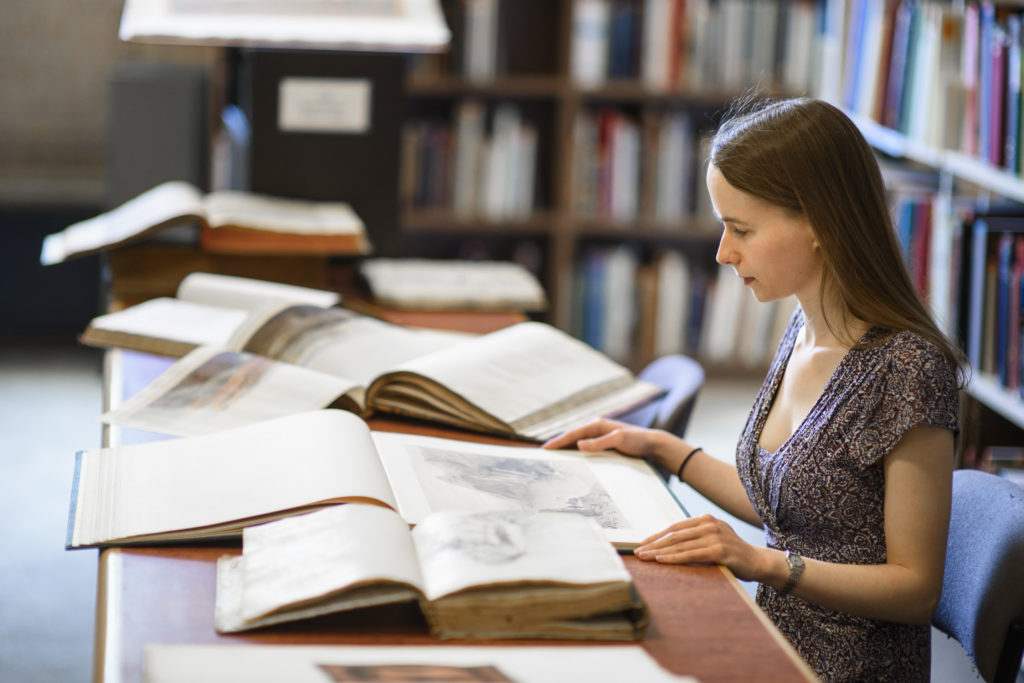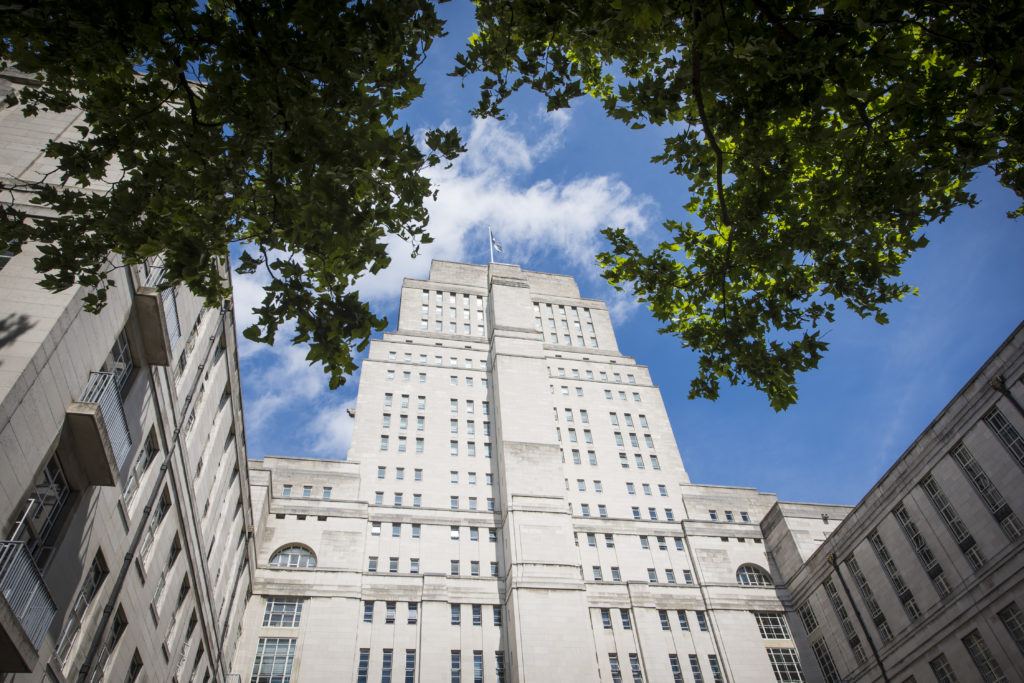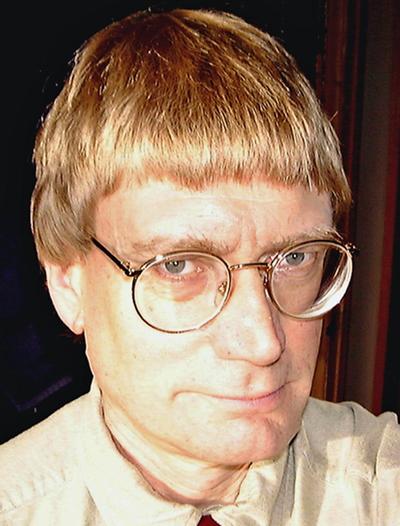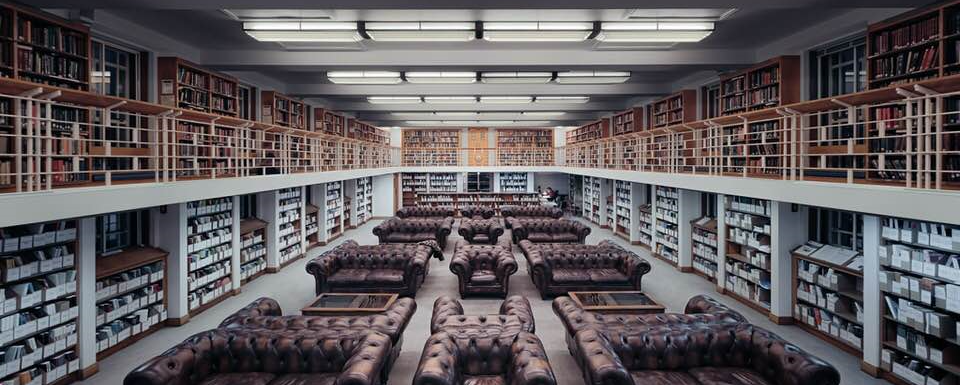Professor Simon Eliot, founding Director of the London Rare Books School, reflects on the origins and history of the School:
The first London Rare Books School ran in 2007. As its founding director, what motivated you to establish it?
Looking back on the origins of LRBS, I now realise that it had a very long gestation period, which began in the mid-1980s! At that time I was setting up the Open University’s MA in Literature and this, like all OU degrees, had a modular structure. By the late 1980s we were introducing the MA students to using computers in their work. In 1990 I chaired a meeting of various interested parties in London to discuss the possibility of an MA in the History of the Book, one that could have been taught face-to-face, or at a distance. However, soon after that Jonathan Rose and I started setting up SHARP (the Society for the History of Authorship, Reading and Publishing), so my attention was elsewhere. Then, in 1995, Warwick Gould established an MA in the History of the Book in the University of London’s Centre for English Studies (which later became the Institute of English Studies). A year later, I was invited to direct it. By the late 1990s a revision of the programme allowed me to ‘modularise’ all the courses. This meant that we could now think of each course as though it were an independent unit with its own materials, teachers, assessment – and credit points. In 2002 and again in 2006 I taught a course on the Rare Book School run by Terry Belanger at the University of Virginia at Charlottesville. I thought that his scheme was an excellent one, and Terry was very helpful and supportive in our various discussions. RBS, as the name suggested, was particularly aimed at librarians and bibliographers. A London-based version would inevitably be different: it would be able to draw on our existing MA modules (and therefore offer credit if students wanted it) and could use the huge range of resources offered by London. A meeting I called in early 2006 with representatives from a host of institutions – including the London colleges, British Library, Victoria & Albert Museum, and the Antiquarian Booksellers Association – confirmed this.

What audience did you initially imagine for LRBS?
From the start LRBS was designed to be a broad church, so we planned for a variety of different types of student. Students who wanted a specialised course to update or improve their knowledge and skills either for their work or personal interest; MA and PhD students who needed research training in a particular aspect of the History of the Book; and, most numerous of all, people who just wanted to know more about this fascinating subject.
In recent years we’ve noticed an upsurge in the number of students taking LRBS courses for credit, not just students seeking to work towards a Postgraduate Certificate or seeking to enter the MA programme, but from those who want to follow through on their experience by writing an essay of 5,000 words based on the learning undertaken on their course. How do you consider students benefit from this opportunity?
What follows is a cliché but, like many clichés, it’s mostly true: it is difficult to know how much of a course one has understood until you have attempted to write an answer to a question that arises from it. Indeed, one often learns as much about a subject by writing about it afterwards, as one learns making notes in a seminar. In writing an essay you can at last make the subject your own.
When you put together the first School in 2007, how did you go about deciding what courses to offer?
We based our offerings, though not exclusively, on the modules currently available on the MA. In addition, we identified subjects that we had not yet offered on the MA, but were very keen to try out; so, for instance, from the earliest years we offered such courses as ‘The Book in the Ancient World’ and ‘Modern First Editions’ (which gave students an insight into the antiquarian book trade). Both were later offered on the MA. We needed a balance between proven popular courses (such as ‘The Medieval Book’) and new, experimental ones.

You’ve explained how from the outset LRBS has drawn on the resources and expertise of those working in the antiquarian and rare book trade, and in the libraries and archives sector. What special contribution do you think these components of the book world offer students on the school?
From the very start LRBS was very keen to give its students access to experts, which was not difficult because we needed to immerse students in manuscript and printed materials, and who better to help explain them than the archivists and librarians who were responsible for them? Book History is, like archaeology, a materials-based discipline, and that materiality extends beyond the physical book to the economic importance of the book trade as a whole. The antiquarian book trade combines an interest in books and manuscripts as historical artefacts with their current commercial value, and how that value is realised. In future I would like to see this taken further: courses taught in part by modern publishers and literary agents would remind us of the commerce of books. This is not a new phenomenon: students of ‘The Book in the Ancient World’ will know something of the cut-throat world of publishing in Rome in the first century AD.
There are now several rare book schools around the world, notably in the US but also in New Zealand and elsewhere. What in your view makes LBRS different?
Of course, Terry Belanger’s Rare Book School anticipated us by twenty years or so, and many of the programmes in the US are off-shoots of this. The RBS model is clearly answering a need in many countries and regions. In part my answer to what makes LRBS different can be found in the response to the next question. However, additionally I would say that LRBS offers a very large and diverse range of courses from the highly practical (such as those offering experience of type setting and hand printing), through broad historical surveys (such as the ‘History of the Book in India’), to highly specialised studies such as the ‘Introduction to Digital Scholarly Editing’. But beyond the range of courses available, there is flexibility in the ways they can be used. A student could simply take a course for pleasure and information, and that’s what the majority do. However it can also be taken for credit and, if successfully passed, that credit can usually be transferred to degrees at other universities, or used to build towards a Postgraduate Certificate in the History of the Book, or feed into an application to study on the MA programme at the Institute of English Studies. In other words, an LRBS student might want to follow just one course, or eventually complete a whole Masters degree, or anything in between.

What in your view are the special attractions of studying book history in London?
London offers a combination of advantages that would be difficult to replicate elsewhere. It has been a book production centre from at least the Anglo-Saxon period and has risen in the last three hundred years to become the hub of a global book trade. This means that virtually every aspect of text production and dissemination can be found somewhere in the city. Furthermore, London has a density and diversity of museums and libraries that is unrivalled. Additionally, within an hour’s travel we have access to the great university and college libraries of Oxford and Cambridge, and the remarkable collection of printers’ and publishers’ archives housed in the University of Reading. We also have Senate House Library whose collections provide a wealth of primary material, including copies of Shakespeare’s First Folio! Occasionally I teach the publishing history of the English novel. SHL can provide me with a first edition of virtually every novel I include in that course.
What about your own classroom experience of the School? What do you find most challenging and most rewarding about this special kind of teaching and learning?
The greatest challenge is to cover the subject effectively in the relatively short time we have. The greatest reward is the intense interest the students have in the subject, and their enthusiastic response to the objects we show them and the places we take them to. Paradoxically, the more enthusiastic the students are the more difficult it is to cover the course comprehensively, because they bubble with questions which are too interesting not to answer!
The School has recently expanded from two weeks to three weeks, now offering between fifteen and eighteen different courses each year. Do you think it has changed significantly since 2007?
I’m delighted that LRBS continues to expand. It gives the School the opportunity to offer an even wider range of courses. Any teaching programme must evolve over time or it will stagnate. However, two features of LRBS remain unchanged: the sparky enthusiasm of the students and the tutors’ obvious enjoyment as they respond to this enthusiasm.

Are there any new courses you would especially like to see the School develop in the future?
I have mentioned a few possible courses on modern publishing practice above. Additionally there are a couple we offered a number of years ago which I’d like to see come back. Both are based on primary research we have undertaken in the Institute, so students would be taught by those who had made the discoveries! The first was a ‘History of Writing’ based on the Museum of Writing Collection owned by IES. Students could not only see up close Sumerian clay tablets and ancient Greek papyri, but use real Roman styli to write on wax, and make their own quill pens. The second was a course on publishing and communication in the Second World War – everything from paperbacks, through posters and films to exhibitions. This was a product of a four-year research project funded by the AHRC on the Ministry of Information. The MoI was housed in Senate House, so students would be studying in the very rooms used by war-time producers and publishers eighty years ago.
Additionally, we really ought to have a course on the history of newspapers and a parallel one on magazines. What about something on cheap popular printing from seventeenth-century chapbooks, through penny dreadfuls, to comics and Mills and Boon? There might be a course on The Stationers’ Company (taught at Stationers’ Hall hard by St Pauls), and one on ephemeral printing and advertising. What about a course on the book in Hebrew, and on the book in Arabic? What about the book in Africa or in China? I could go on … .
These are all wonderful ideas. And we’re delighted to report that we plan to introduce a course on the History of the British Press next year. A further course on the Postcolonial Book is also in the pipeline. Watch this space.
Click here to listen to Simon Eliot in conversation with Alan Cole, collector of the Museum of Writing.

Simon Eliot is Professor Emeritus of the History of the Book and Senior Research Fellow in the Institute of English Studies. He directed the London Rare Books School from 2007-2016.


My experience while attending study days and seminars is that scholarship can be marred by poor presentation. Would it be possible to give advise to those presenting a Paper on simple facts that will make the experience more enjoyable to the audience. If political parties can advise candidates in speech making it should not be difficult to follow them.
A subject for research could be “Dents Classisd” why wereso few.still in print by the end of the 20th century